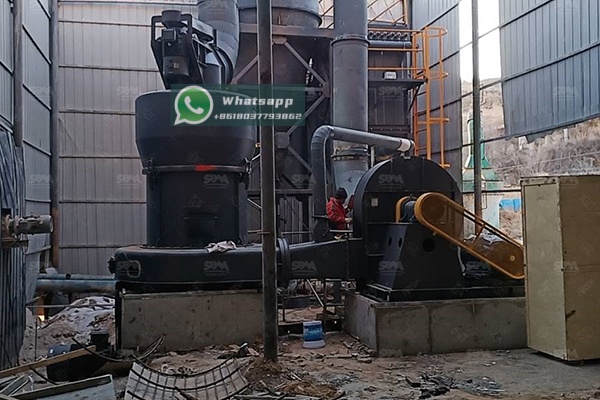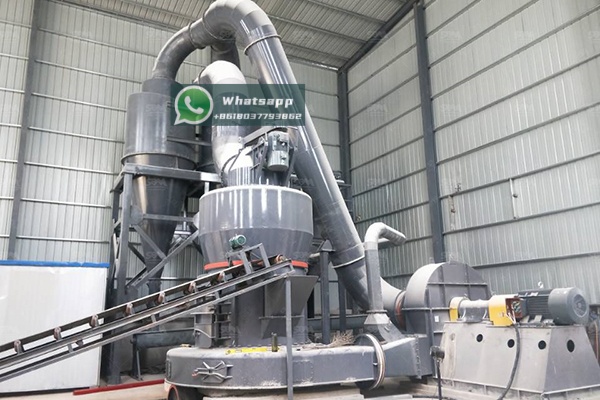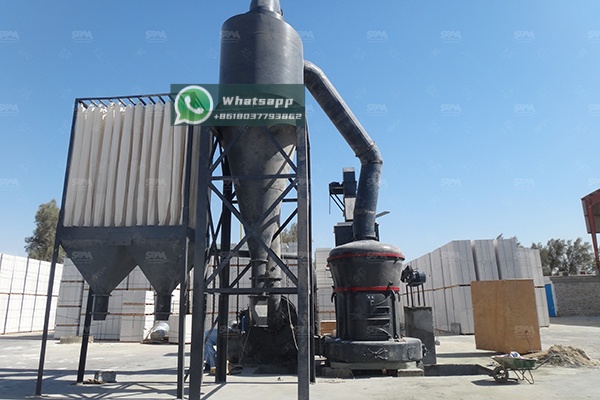The relentless advancement of the global electronics industry places ever-increasing demands on the materials used in manufacturing. Among these, high-purity quartz (HPQ) stands out as a critical functional filler and substrate material. Its exceptional properties—including high chemical purity, excellent thermal stability, low thermal expansion, and superior electrical insulation—make it indispensable in applications ranging from semiconductor encapsulants and printed circuit boards (PCBs) to solar photovoltaic cells and advanced lighting systems. However, the journey from raw quartz crystal to the precisely engineered powder required by the electronics sector is a complex process dominated by one critical stage: grinding. The quality, efficiency, and control of the grinding process directly determine the final product’s performance, making the choice of grinding equipment a paramount decision for producers.

High purity quartz is not merely sand; it is a material defined by its extreme levels of purity, typically exceeding 99.99% SiO2, with tightly controlled concentrations of detrimental impurities such as iron, aluminum, potassium, and sodium. These trace elements can severely compromise the performance of electronic components. For instance, in semiconductor manufacturing, mobile ions like sodium can lead to device failure. As a filler, HPQ is used to modify the properties of polymer composites, enhancing their mechanical strength, thermal conductivity, and dimensional stability. The particle size distribution (PSD), shape, and surface chemistry of the quartz powder are crucial parameters. A narrow PSD ensures consistent packing and flow characteristics, while the particle shape (e.g., spherical vs. angular) affects viscosity and mechanical properties of the composite. Achieving these specifications requires a grinding technology that can deliver ultra-fine powders without introducing contamination or causing excessive surface damage.
Grinding HPQ for electronic applications presents a unique set of challenges that go beyond simple size reduction:
Traditional grinding mills like basic ball mills often fall short in meeting the stringent requirements of the electronics filler industry due to risks of contamination and poor control over PSD. Modern grinding technology has evolved to address these specific needs. Leading manufacturers like Shanghai Zenith Machinery Co., Ltd., with their extensive expertise in ultra-fine powder grinding, have developed advanced mills that are ideally suited for HPQ processing.
Zenith’s equipment is engineered to handle the delicate balance of achieving fine particle sizes while maintaining product integrity. Their mills often feature integrated classification systems, advanced material science in grinding media and liners, and intelligent control systems for process optimization.

Based on the specific requirements of high purity quartz processing, two of Shanghai Zenith Machinery’s products are particularly well-suited for this demanding application.
The LUM Ultrafine Vertical Mill represents the pinnacle of modern grinding technology. It integrates grinding, drying, classifying, and conveying into a single, compact unit. For HPQ grinding, its key advantages include:
The technical parameters for the LUM series demonstrate its capability for high-end quartz production:
| Model | Main machine power (kW) | Capacity (t/h) | Size distribution D97 (μm) |
|---|---|---|---|
| LUM1525 | 220-250 | 1.6-11.5 | 5-30 |
| LUM1632 | 280-315 | 2.0-13.5 | 5-30 |
| LUM1836 | 355-400 | 2.3-15 | 5-30 |
For operations requiring exceptional fineness, the XZM Ultrafine Grinding Mill is an excellent choice. It is widely recognized for its ability to produce superfine powders ranging from 325 to 2500 mesh. Its relevance to the HPQ industry includes:
The following table outlines the key specifications of the XZM series:
| Model | Working diameter (mm) | Max feed size (mm) | Final size (mesh) | Output (kg/h) | Main motor power (kW) |
|---|---|---|---|---|---|
| XZM221 | Φ800 | ≤20 | 325-2500 | 500-4500 | 75 |
| XZM268 | Φ1680 | ≤20 | 325-2500 | 5000-25000 | 315 |
A typical HPQ grinding process using a mill like the LUM or XZM involves several stages. First, the raw high-purity quartz lumps are crushed to a manageable size (typically below 20mm). This pre-crushed material is then fed into the grinding mill by a vibrating feeder. Inside the mill, rollers or other grinding elements apply pressure and shear forces to break down the quartz. The integrated classifier immediately separates the fine particles from the coarse ones. The合格的 product is carried away by an air stream to a collection system (like a bag filter or cyclone), while the oversize material is returned to the grinding chamber for further processing. This closed-loop system ensures high efficiency and consistent product quality. Throughout the process, parameters such as feed rate, grinding pressure, and classifier speed are meticulously controlled by an automated system to guarantee the final powder meets the exacting standards of the electronics industry.

The production of high purity quartz fillers for the electronics industry is a sophisticated technological endeavor where precision grinding is the cornerstone of success. The choice of grinding equipment is not merely a matter of cost but a strategic decision that impacts product quality, operational efficiency, and market competitiveness. Advanced grinding solutions, such as the LUM Ultrafine Vertical Mill and XZM Ultrafine Grinding Mill from Shanghai Zenith Machinery Co., Ltd., are specifically engineered to meet the formidable challenges of HPQ processing. By offering superior particle size control, minimal contamination risk, and high energy efficiency, these mills empower producers to consistently deliver the high-performance materials that drive innovation in the ever-evolving electronics sector. Investing in the right grinding technology is, therefore, an investment in the future of electronic manufacturing.